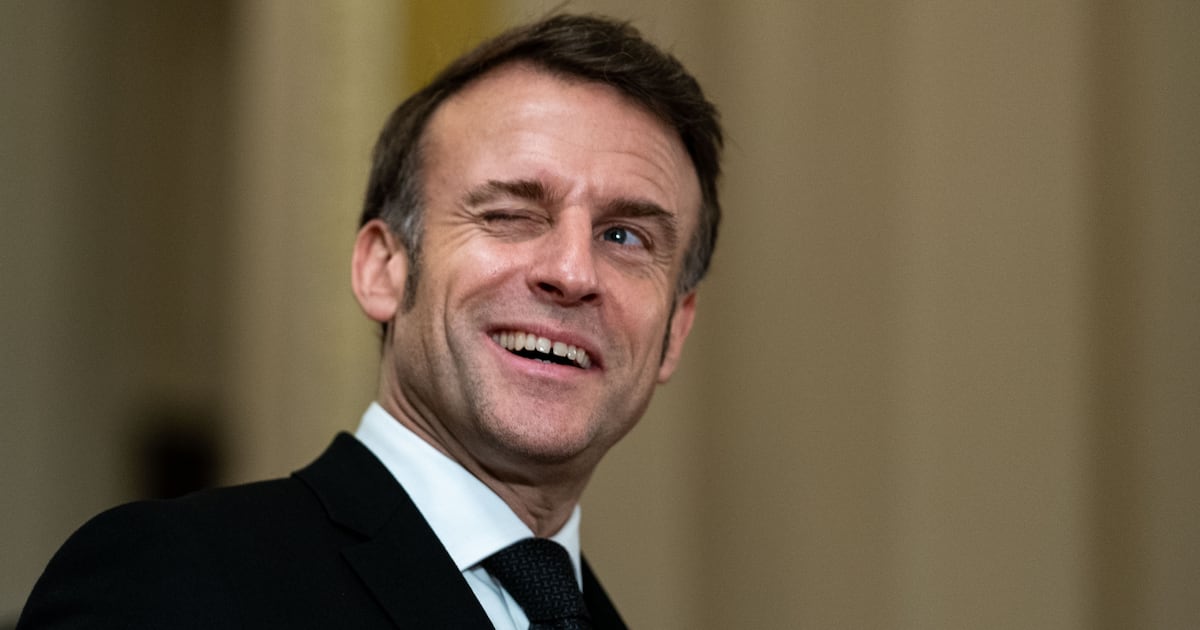The gold standard phantom in the room at Broadway’s Hudson Theatre, where David Byrne’s American Utopia opens tonight (to Jan. 19), is Bruce Springsteen. It was the Boss’ show in 2017 that set the high mark for musicians and rock stars coming to Broadway to play more intimate settings than their usual huge concert venues.
On these musicians’ side automatically: their fans will buy the tickets. For music stars coming to Broadway, there is their own ready-made audience, and it is a devoted one.
So, then it comes down to effort and ingenuity—hence the Springsteen gold standard. Springsteen did not only sing songs that his fans wanted to hear, he produced a piece of compelling theater. David Byrne achieves the same, though differently.
American Utopia is the Broadway stage version of the concerts Byrne played on tour last year, which followed the March 2018 album of the same name. The audience the night this critic went to see it were ecstatic to be there, though, in keeping with their quietly cool idol, they were less vocal than at Springsteen (there are no Byrne equivalents to those fervent cries of “Bruuuuce”).
Before the show starts, we look at the beautiful stage curtain designed by Maira Kalman, a series of people and objects, interspersed with town names, like Lubbock, Texas, Nogales, Arizona, Two Egg, Florida, and Porcupine, South Dakota—a rich, playful representation of American utopia perhaps.
Byrne, his nine fantastic musicians, and two vocal artists and wonderful dancers (Tendayi Kuumba and Chris Giarmo), are all dressed in grey suits and are barefoot. The stage features a floor-to-ceiling border of white beaded curtains, and the songs in the concert span those on the American Utopia album as well as well-known Talking Heads songs.
Byrne, a witty and generous host and guide, begins and ends the 21-number show—with a fluent, flair-filled choreography and musical staging by Annie-B Parson—talking about brains. Indeed, when we first see him he is holding one, and ruminating in his song “Here” on what its potential is, and how aging can diminish that potential. How can older brains be rewired for the good,” Byrne wonders. At another moment during the performance, he asks us to register to vote.
There are no anti-Trump diatribes here—his “Beautiful Shitholes” playlist of 2018 is more Byrne's style—but a desire for social engagement and participation.
Byrne is one of those optimists who believes we can make a difference, and that no political system, no matter how oppressive and corrupt, can truly squash collective humanity and positive change, as long as people will it into being—another vision of American utopia.
The musicians are another resolute distillation of the show’s title; the company on stage is diverse in every way, in gender, ethnicity, and age; they are also from all over the world, Byrne says, underlining how vital immigration is to the lifeblood of any country.
The musicians both play their instruments, and they dance in a kind of regimented shuffle, sometimes in a kind of unison with Byrne and sometimes in little clumps at the edge of the stage. Sometimes they are off stage entirely, with just their instruments peeping through the beading. The percussive joy coming off that stage, the pleasure of playing together and crafting the performance, is palpable (or extremely well-acted). Before “Born Under Punches,” Byrne introduces every musician by name, with special mention of one member’s birthday.
The show is not as confessional as Springsteen’s. Byrne’s cerebral meanderings and curiosity are more prominent than expressions of personal anguish; and so we hear about his delight in his first color TV when he sings “I Should Watch TV,” and his split feelings about having to be sociable and being around people generally before he sings “Everybody’s Coming To My House.” There is something piercingly moving about “One Fine Day,” and its shots and battle-cries, and tears—and mention of a man made of clay, yet still able to change.
The show, with its muted costumes and setting, and its choreography, has a New Wave feel to it. You will hear old favorites like “Crazy,” “Once in a Lifetime,” and—with a caution that dancing in the aisles is forbidden by the Fire Department—the crowd takes to its feet for “Burning Down The House.” Do not, as quite a few people did, leave the theater too quickly, or you will miss a wonderful encore: “Road To Nowhere.”
The strange thing is the refrain of that song is the antithesis of the show, which is about finding a path and purpose. Its most rousing element is the band’s charged recitation of Janelle Monáe’s “Hell You Talmbout,” with the names (some newly inserted) of victims of color of police violence, like Trayvon Martin, Atatiana Jefferson, Eric Garner, and Botham Jean.
Byrne says he asked for Monáe’s permission, as he did not want his use of the number to be seen in any way as inappropriate. But listen to the anger and passion, the loudness here—it is the most pointed challenge to the audience and to the show’s title; a utopia isn’t realized by magic, but by hard-fought battles for equalities and rights.
The show is a call to come together, and a call for change. Byrne is seen as a quiet man, wry and cerebral, but the political era we are in has made him determinedly loud, an activist even. Don’t let the grey suit and beautiful theater curtain fool you. This excellent show isn’t a misty harkening to an “American utopia,” but a charged, focused challenge to create and maintain one. Cynicism and defeat haven’t yet claimed Byrne.
As this show makes resoundingly, eloquently clear, Byrne believes in his vision. He knows how tough the fight will be to achieve it. He still thinks we can do it, and he still believes in its beauty.







